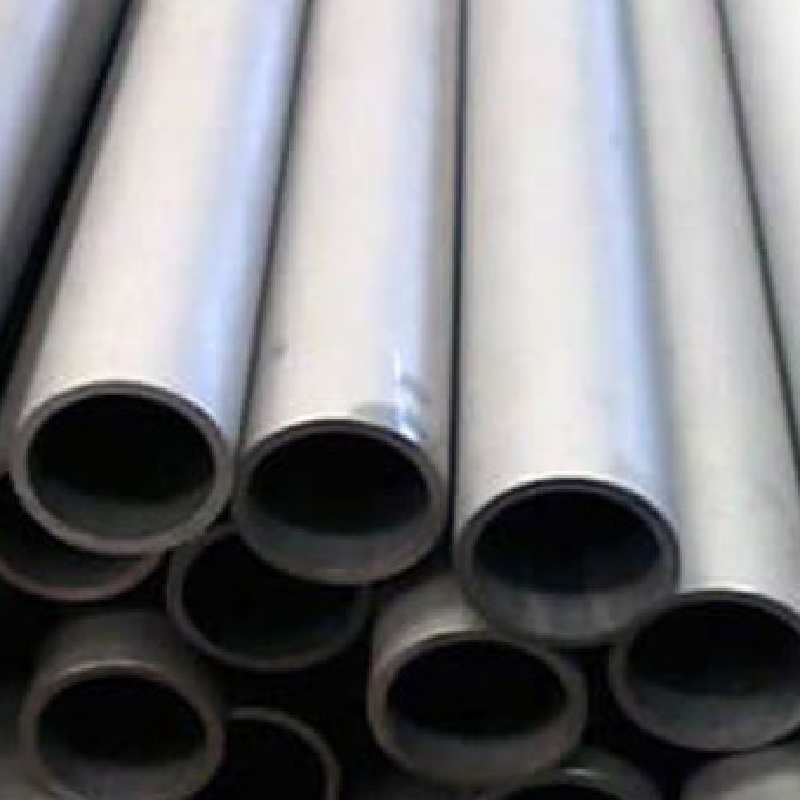-
Cangzhou Yulong Steel Co., Ltd.
-
Phone:
+86 13303177267 -
Email:
admin@ylsteelfittings.com
- English
- Arabic
- Italian
- Spanish
- Portuguese
- German
- kazakh
- Persian
- Greek
- French
- Russian
- Polish
- Thai
- Indonesian
- Vietnamese
- Zulu
- Korean
- Uzbek
- Hindi
- Serbian
- Malay
- Ukrainian
- Gujarati
- Haitian Creole
- hausa
- hawaiian
- Hebrew
- Miao
- Hungarian
- Icelandic
- igbo
- irish
- Japanese
- Javanese
- Kannada
- Khmer
- Rwandese
- Afrikaans
- Albanian
- Amharic
- Armenian
- Azerbaijani
- Basque
- Belarusian
- Bengali
- Bosnian
- Bulgarian
- Catalan
- Cebuano
- China
- China (Taiwan)
- Corsican
- Croatian
- Czech
- Danish
- Esperanto
- Estonian
- Finnish
- Frisian
- Galician
- Georgian
- Kurdish
- Kyrgyz
- Lao
- Latin
- Latvian
- Lithuanian
- Luxembourgish
- Macedonian
- Malgashi
- Malayalam
- Maltese
- Maori
- Marathi
- Mongolian
- Myanmar
- Nepali
- Norwegian
- Norwegian
- Occitan
- Pashto
- Dutch
- Punjabi
- Romanian
- Samoan
- Scottish Gaelic
- Sesotho
- Shona
- Sindhi
- Sinhala
- Slovak
- Slovenian
- Somali
- Sundanese
- Swahili
- Swedish
- Tagalog
- Tajik
- Tamil
- Tatar
- Telugu
- Turkish
- Turkmen
- Urdu
- Uighur
- Welsh
- Bantu
- Yiddish
- Yoruba

Dec . 12, 2024 16:29 Back to list
welding steel pipe together
Welding Steel Pipes Together Techniques, Benefits, and Applications
Welding steel pipes together is a fundamental process in various industries, including construction, manufacturing, and oil and gas. This method is essential for creating strong, durable connections between pipe sections, providing structural integrity and the ability to withstand high pressures and temperatures. In this article, we will explore the techniques involved in welding steel pipes, the benefits of this method, and its applications across different sectors.
Techniques for Welding Steel Pipes
There are several techniques employed for welding steel pipes, each suited to different applications and requirements. The most common methods include
1. MIG Welding (Metal Inert Gas) This process uses a continuous wire feed as an electrode and an inert gas to shield the weld from contamination. MIG welding is popular due to its versatility, speed, and ease of use, making it suitable for welding thinner steel pipes.
2. TIG Welding (Tungsten Inert Gas) TIG welding involves a non-consumable tungsten electrode and requires the welder to manually feed filler material into the weld pool. This method provides high-quality, precise welds and is commonly used for thicker materials or critical applications where strong joins are necessary.
3. Stick Welding (Shielded Metal Arc Welding) This method uses a consumable electrode coated in flux to create the weld. The flux produces a shielding gas to protect the weld from impurities in the air. Stick welding is ideal for outdoor applications and on pipes that are rusty or dirty.
4. Submerged Arc Welding This process involves the use of a continuously fed electrode and granular fusible flux. The weld pool is submerged under the flux, providing excellent arc stability and protection from contamination. Submerged arc welding is often used for large diameter pipes and in industrial applications due to its efficiency and the quality of welds produced.
Benefits of Welding Steel Pipes
Welding steel pipes together offers numerous benefits that extend across various applications
1. Strength and Durability Properly welded joints provide exceptional strength, making them capable of withstanding high pressure and stress. This is crucial in industries such as oil and gas, where pipe systems transport fluids and gases under substantial pressure.
welding steel pipe together

2. Cost-Effectiveness Welding can be more cost-effective than other joining methods (such as flange connections or mechanical fittings) as it often requires fewer materials and can result in less weight for the overall structure.
3. Flexibility in Design Welding allows for greater flexibility in pipe configuration. Complex piping systems can be designed and executed more easily through welding, enabling customized solutions for various applications.
Applications of Welded Steel Pipe
Welded steel pipes find applications in a multitude of fields
1. Oil and Gas Industry The transportation of crude oil, natural gas, and other hydrocarbons relies heavily on welded steel pipelines for safe and efficient movement across vast distances.
2. Water Supply Systems Municipal water supply systems often utilize welded steel pipes for their durability and ability to handle high pressures, ensuring consistent delivery of water to households and businesses.
3. Construction In construction, welded steel pipes are commonly used for structural applications, such as support columns and frames, providing strength and stability to buildings and infrastructures.
4. Manufacturing Many manufacturing processes employ welded steel pipes for conveying materials or as part of machinery, highlighting their versatility across different production environments.
Conclusion
Welding steel pipes together is an essential process that plays a crucial role in various industries. By utilizing appropriate welding techniques, businesses can achieve strong, durable, and cost-effective connections between pipes, ensuring the integrity of their systems. As technology continues to advance, the methods and materials used in welding will evolve, further enhancing the effectiveness and efficiency of welded steel pipe applications. Whether in construction, oil and gas, or manufacturing, the importance of properly welding steel pipes cannot be overstated, as it forms the backbone of many critical infrastructures.
Latest news
-
ANSI 150P SS304 SO FLANGE
NewsFeb.14,2025
-
ASTM A333GR6 STEEL PIPE
NewsJan.20,2025
-
ANSI B16.5 WELDING NECK FLANGE
NewsJan.15,2026
-
ANSI B16.5 SLIP-ON FLANGE
NewsApr.19,2024
-
SABS 1123 FLANGE
NewsJan.15,2025
-
DIN86044 PLATE FLANGE
NewsApr.19,2024
-
DIN2527 BLIND FLANGE
NewsApr.12,2024
-
JIS B2311 Butt-Welding Fittings LR/SR 45°/90° /180°Seamless/Weld
NewsApr.23,2024











